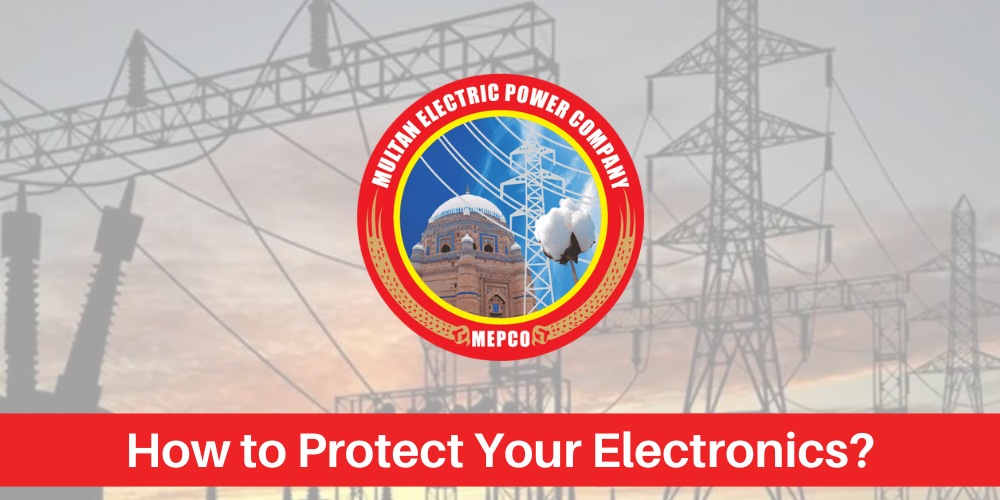Power surges are unpredictable and often devastating events that can cause significant damage to your electronic appliances. A surge protector, also called a surge suppressor or surge diverter can protect your devices from damage caused by power surges. In this article, we will discuss the steps you can take to protect your electronics and appliances from power surges and how to choose the right surge protector to ensure maximum protection.
Table of Contents
Understanding Poerwer Surges
Power surges are sudden spikes in voltage that can occur when there is a disturbance in the electrical system. They can happen due to lightning strikes, power outages, or even a sudden increase in power demand in your home. When a power surge occurs, it can send excess electricity through your electrical wiring and appliances, causing irreparable damage to your electronics.
Protecting Your Electronics and Appliances
To prevent damage to your electronics and appliances, it is essential to take necessary precautions. Here are some steps you can take to protect your devices from power surges:
Invest in a Surge Protector
A surge protector is a device that protects your electronic appliances from voltage spikes. It diverts the excess electricity away from your devices, keeping them safe from power surges. There are different types of surge protectors, and you should choose one that suits your needs. A surge protector can be a standalone device or an extension cord with built-in surge protection. Ensure that the surge protector has a UL (Underwriters Laboratories) rating and a clamping voltage that is less than 400 volts.
Use Uninterruptible Power Supply (UPS)
A UPS is a battery backup device that provides temporary power to your electronics during a power outage or a power surge. A UPS can keep your devices running for a few minutes, allowing you enough time to save your work or safely shut down your devices. UPS systems are especially important for devices that store important data, such as computers, servers, and external hard drives.
Avoid Overloading Circuits
Overloading circuits can increase the risk of power surges. If you use multiple high-powered devices on the same circuit, it can cause the circuit to overload and increase the risk of a power surge. To avoid overloading circuits, spread out your electronic devices across different circuits in your home.
Unplug Your Devices During Thunderstorms
Thunderstorms are one of the most common causes of power surges. To protect your electronics during a thunderstorm, unplug your devices from the electrical outlet and disconnect any cables or cords from your devices.
Choosing the Right Surge Protector
Choosing the right surge protector is crucial to ensuring maximum protection for your electronic appliances. Here are some factors you should consider when choosing a surge protector:
Joules Rating
The joules rating of a surge protector indicates how much energy it can absorb before it fails. A higher joules rating provides better protection against power surges.
Number of Outlets
The number of outlets in a surge protector determines how many devices you can connect to it. Choose a surge protector that has enough outlets to accommodate all your electronic devices.
Clamping Voltage
The clamping voltage of a surge protector indicates the maximum voltage that the device will allow to pass through to your electronic devices. A lower clamping voltage provides better protection against power surges.
